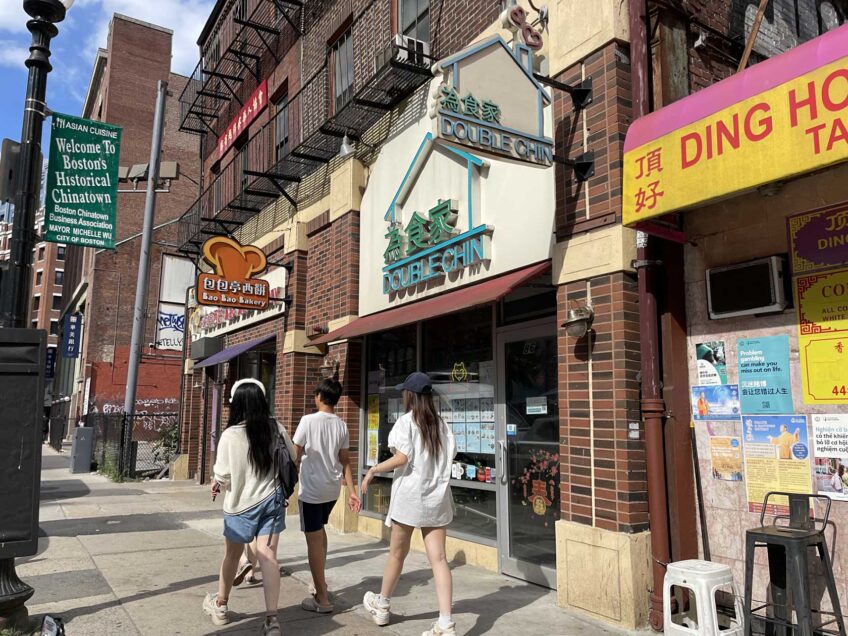
With ongoing extended shutdowns for track work, the MBTA continues to be the transit system people love to hate.
From Sept. 6 through 29, service on the Braintree branch of the Red Line will be replaced by shuttle service and free commuter rail access as the system undergoes track work.
This shutdown follows a week-long interruption earlier this month of the middle of the Red Line, as the downtown stretch between Kendall/MIT and JFK/UMass was shut down from Aug. 19 through Aug. 26, lasting one day longer than its original timeline.
The remainder of the year will see further shuttering of service on portions of the Red, Green and Orange Lines.
But despite how much people like to complain about the system, advocates say it has been improving.
Unlike in the past, when limited service may have resulted in limited change — such as the month-long Orange Line shutdown in 2022, which failed to yield the promised faster train speeds — the recent interruptions in service have yielded a reduction in slow zones.
“I think the track repair program is definitely seeing the results that we were hoping for,” said Jarred Johnson, executive director of TransitMatters, a nonprofit that tracks public transit performance in Boston. “When service is starting again, they are able to dramatically reduce the travel times. That’s been something that has been a real bright spot.”
According to the TransitMatters data dashboard, which visualizes data and trends around transit speed, service and ridership, slow zones on the Red, Blue and Orange lines all dropped following recent shut-downs to perform track work.
Fewer slow zones also means more service, with the MBTA able to turn trains around faster at the end of the line.
In an interview with the Boston Globe, Phillip Eng, the MBTA’s CEO and general manager, said he has hope that the changes will make maintaining speed easier in the long term.
“We’ve demonstrated with each one of these [shutdowns] that not only can we do better, we’re fulfilling the promises that we’ve made to the public,” Eng said. “That’s to first eliminate all the speed restrictions, and to do it in a manner that … should one pop up, we could get back in quickly, because it’s only one of one, versus one of 250-plus.”
Johnson said he’s also seen the MBTA improving with how it communicates with riders and other stakeholders, and that it has been more creative with projects, like bringing electrified service to the Fairmount Line and restoring commuter rail service to the Lynn area following concerns of a deteriorating station about nine months earlier than originally scheduled.
Johnson credits much of that improvement to the leadership of Eng, who stepped into the transit authority’s top role in April 2023.
Unlike many of his predecessors in recent memory, Eng has a background in leading major transit systems and previously worked at New York City’s Metropolitan Transportation Authority and New York State’s Department of Transportation.
“While previous general managers have been decent people, there’s just not a substitute for having someone who’s a transit professional,” Johnson said.
Problems aren’t over yet
The system isn’t out of the woods, as the repeated shutdowns and the replacement shuttles — even with the evidence of system improvements — continue to frustrate riders.
And the system — which tends to run its last trains each night around 12:30 or 1 a.m. and resumes service around 5:00 a.m. — leaves late-night workers, as well as residents out enjoying the city’s nightlife, without a train home.
Underlying all of this is the looming financial cliff of the system’s budget woes.
A June report from the MBTA Advisory Board’s Operating Budget Oversight Committee identified a potential $700 million deficit in the system’s operating budget — which pays for things like employee salaries, running transit vehicles and generally keeping the system going — in fiscal year 2026.
“Without external support, the internal ability of the MBTA to close such a deficit is nearly non-existent,” the report found.
In 2021, the agency proposed sharp service cuts to pull together $142 million in savings. The report suggested that service cuts and layoffs to close the current deficit, almost five times larger, poses “an existential crisis for public transportation” in the state.
Johnson said he thinks elected officials in the state need to take the funding gap more seriously. He said he worries that impacts could be felt as soon as this fall or the spring.
“The T can only schedule the service that it can pay for,” Johnson said. “If there’s not a credible source of [funding] and the T is operating at a deficit, that’s going to have a real impact on service.”
A governor-appointed task force focused on transportation funding is expected to send a report to Gov. Maura Healey by the end of the year.






